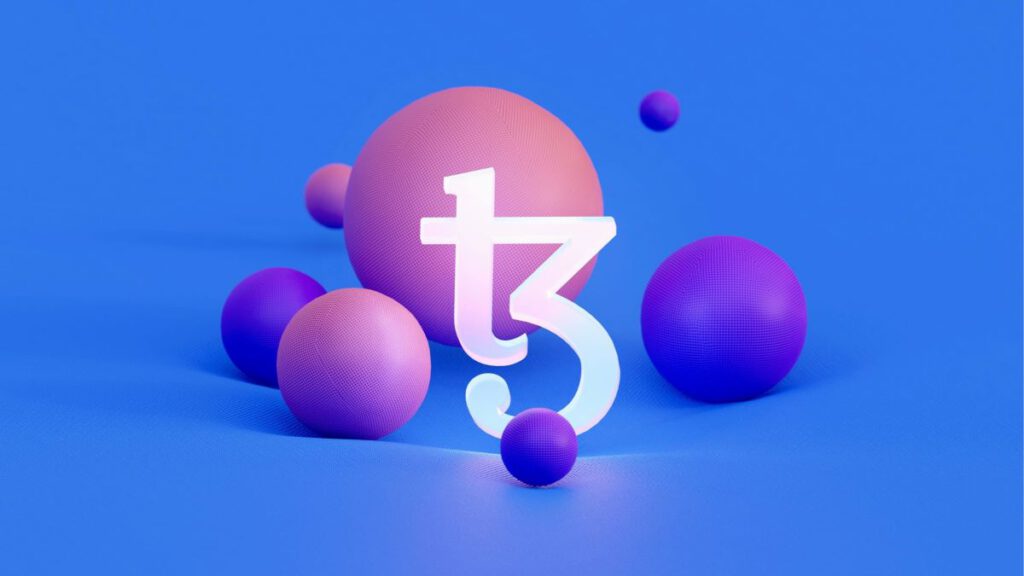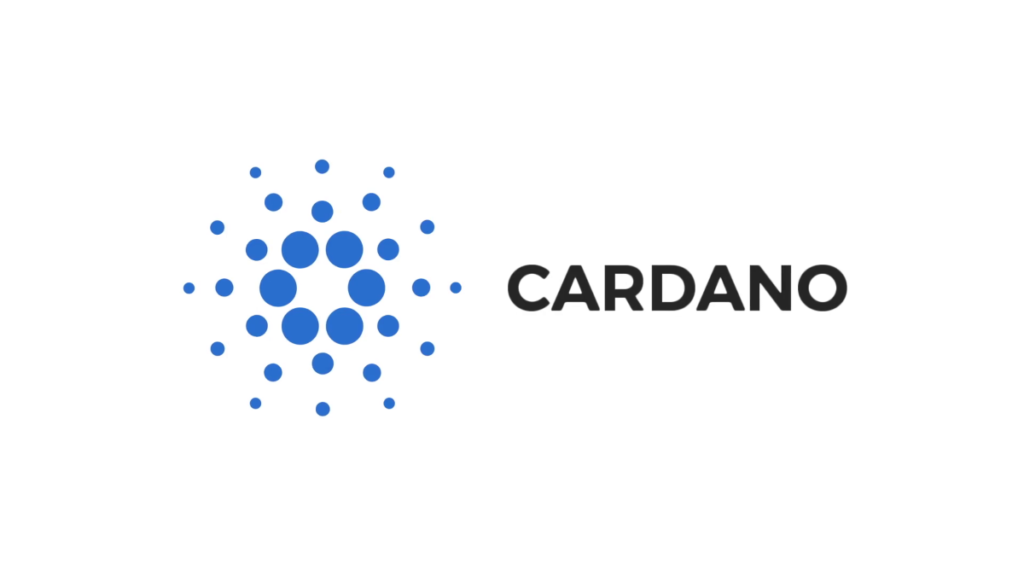There has been a lot of conversation surrounding the environmental effects of NFT and Crypto mining. During the minting process, non-fungible tokens are notorious for releasing significant quantities of carbon into the atmosphere. Despite the many positives associated with participating in this industry, there are still a great number of people who choose not to buy its products or invest their money in it owing to environmental concerns.
Bitcoin and Ethereum are two cryptocurrencies that are receiving a lot of attention in the mainstream media for having carbon footprints that are virtually on par with some countries. Because Bitcoin uses a mechanism called “Proof of Work,” which requires an enormous number of calculations (and, consequently, computing power), to issue a single token, some alternative blockchains have an inherent advantage over Bitcoin when it comes to energy efficiency. Blockchains that employ a mechanism known as “Proof of Storage” or “Proof of Stake” consume a lot less energy.
Top 5 Green Blockchains for Minting NFTs
Tezos

Tezos is a decentralized, open-source blockchain that uses PoS, performs peer-to-peer transactions, and serves as a platform for the deployment of smart contracts. The Tezos blockchain has made significant improvements in the energy efficiency of each transaction in recent years. In 2021, the required amount of electricity for each transaction was less than thirty percent lower than it had been in 2020.
Features:
- Tezos enables users to create DeFi apps, games, and NFTs.
- On-chain governance system; the network can develop without the need for a hard fork.
- Sustainable, secure, and scalable blockchain.
- Prioritizes innovation due to sustainability.
Algorand

Algorand is a decentralized, open-source, permissionless network that was developed to tackle the blockchain’s problems with speed, security, and centralization. To create a carbon-negative network and improve Algorand’s overall sustainability, mining wasn’t included in the protocol’s design. In 2021, the Algorand Foundation announced that the blockchain is completely carbon neutral.
Features:
- Low transaction fees and high transaction speed
- Energy efficiency and long-term viability.
- Scalable and accessible network
Stellar

The prominent cryptocurrency Ripple‘s fork led to the creation of the Stellar network. The Stellar Consensus Protocol is based on the authentication of transactions that take place over a network of reliable nodes and is available as open source software. Stellar’s network token, Lumens, facilitates transactions for a fraction of a cent and with excellent efficiency, resulting in a smaller carbon footprint. Stellar’s cycle for authentication is shorter and faster than the vast majority of other systems, which helps keep prices down and reduces the amount of energy that is used.
Features:
- Shorter and faster authentication cycle.
- Stellar does not charge any fees on either individuals or institutions who utilize its network.
- Transactions involving many assets and multiple countries can be completed more quickly, easily, and cheaply.
Avalanche

Avalanche is a blockchain platform that facilitates quick transactions, economical costs, and eco-friendliness. Avalanche offers an architecture that enables the deployment of individualized blockchains as subnets, regardless of whether they are public or private. These subnets can process around 4,500 transactions per second at a lower cost than Ethereum.
- Scalability, decentralization, security, and energy efficiency.
- Proof-of-Stake (PoS) is a consensus mechanism.
- According to Crypto Carbon Ratings Institute, the Avalanche blockchain uses 0.0005% of what is used by Bitcoin.
Cardano

Cardano is a PoS blockchain platform that is significantly more effective overall and competes favorably with more conventional PoW systems. Cardano is positioned as a natural alternative to Ethereum, and one of its purposes is to give banking services to those who do not currently have access to such services.
Features
- The PoS mechanism results in significantly lower energy consumption.
- Requires a significantly lower investment in hardware, yet Cardano transactions are just as secure as when utilizing a PoW system.
Conclusion
Efforts are being made to ensure NFTs are made sustainable, from reducing the energy consumption of various blockchains to using the concept of non-fungible tokens to advance sustainability initiatives. The implementation of networks such as Tezos, Cardano, and others has the potential to make NFTs significantly more energy-efficient, and with subsequent research a completely carbon-neutral industry is achievable. Another
Author
-

Metaverse architect, exploring the profound imprints of NFTs on virtual world-building.




